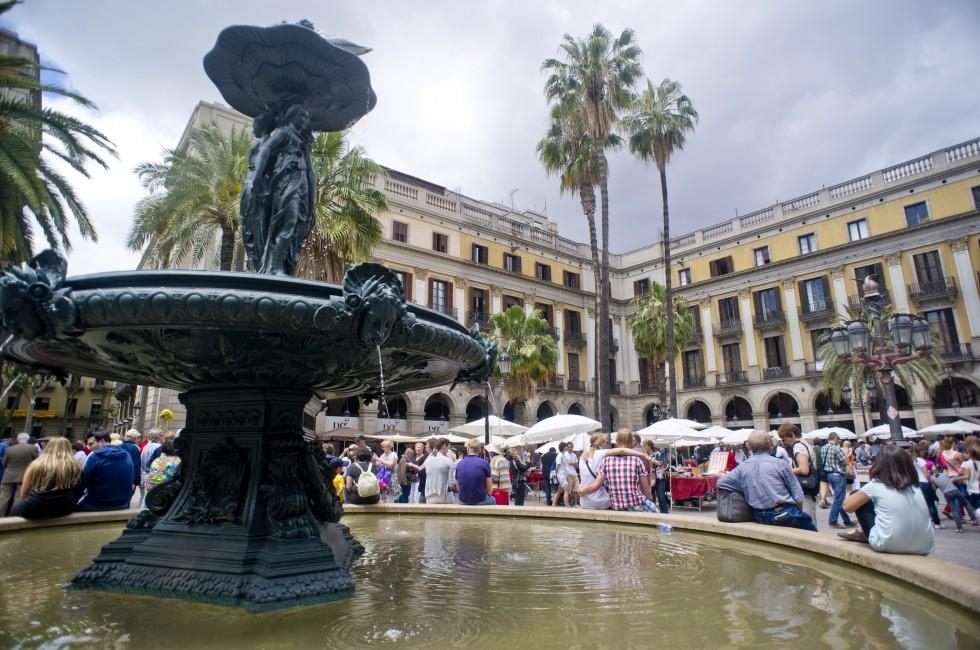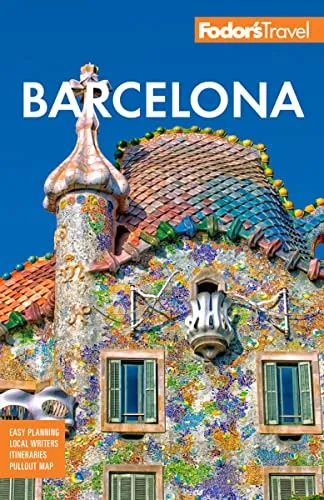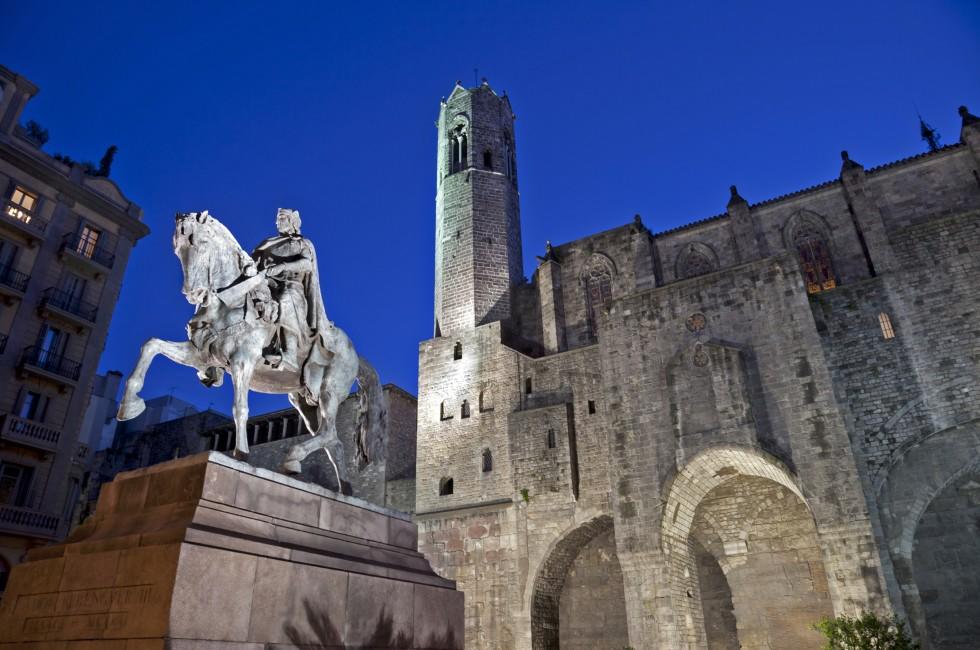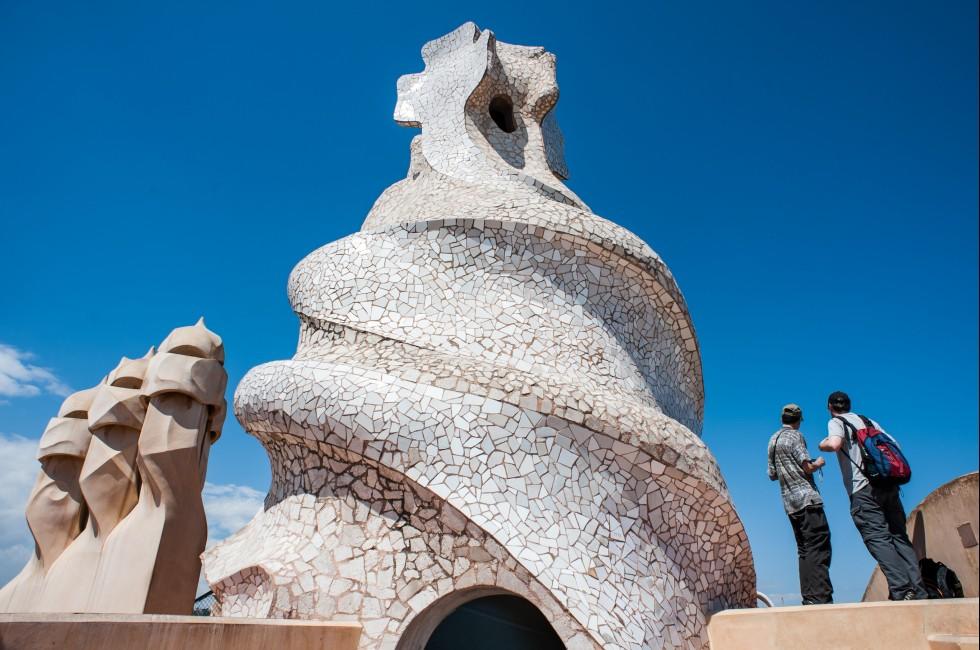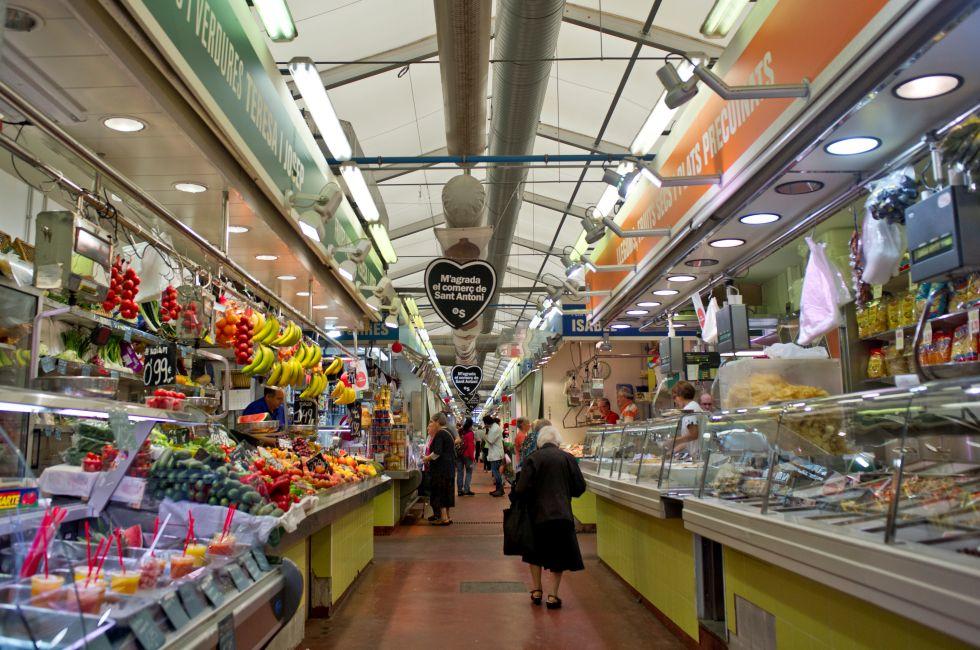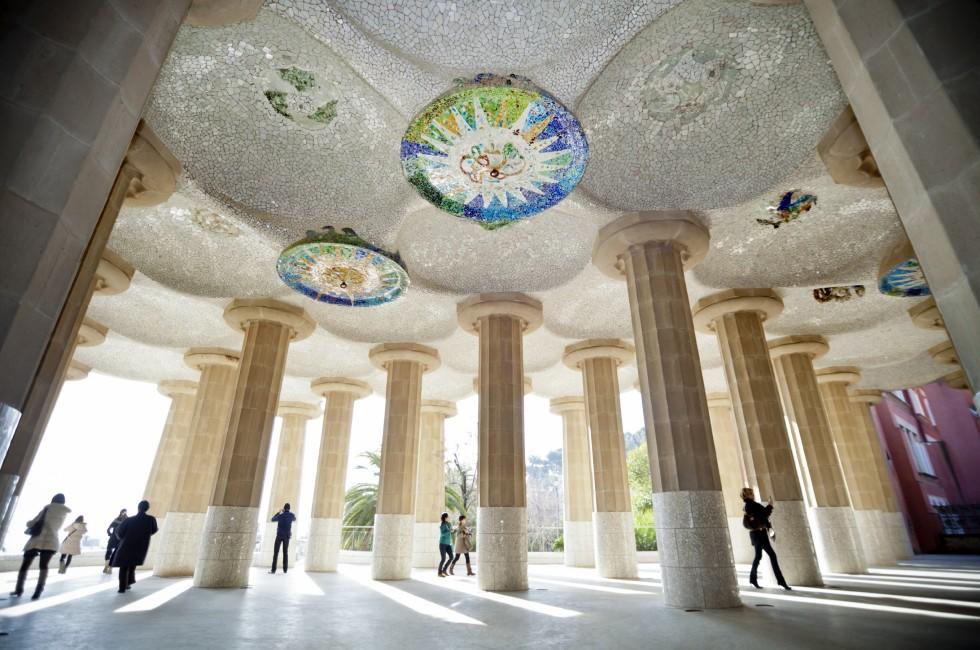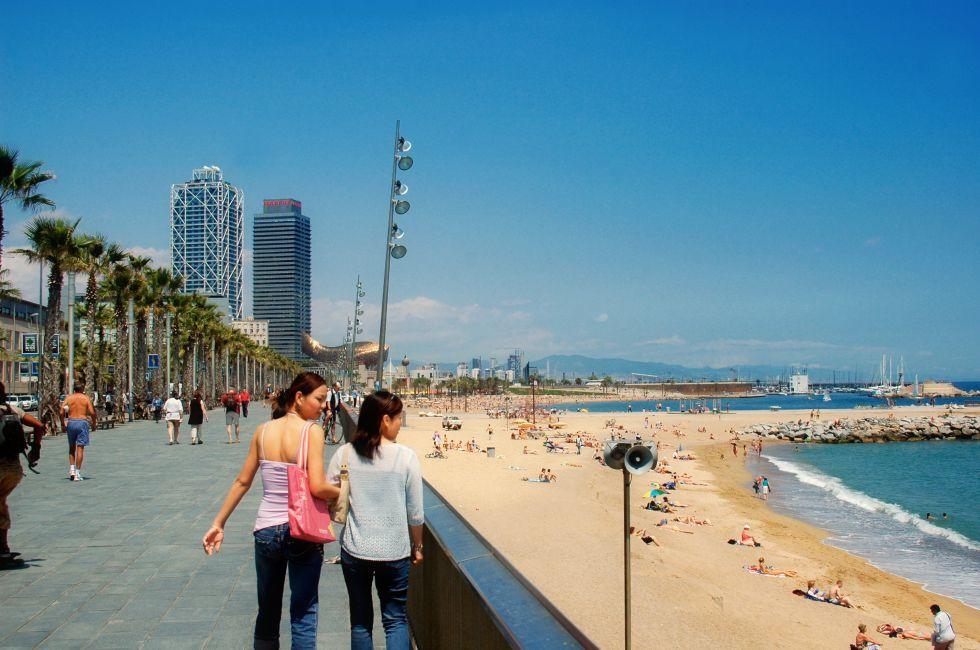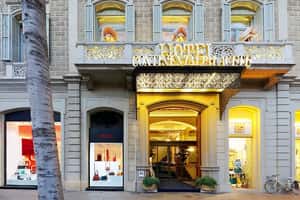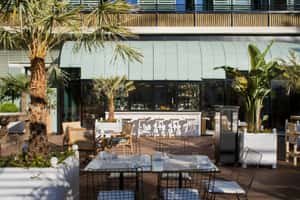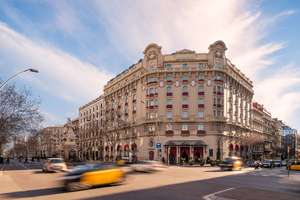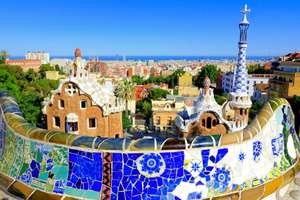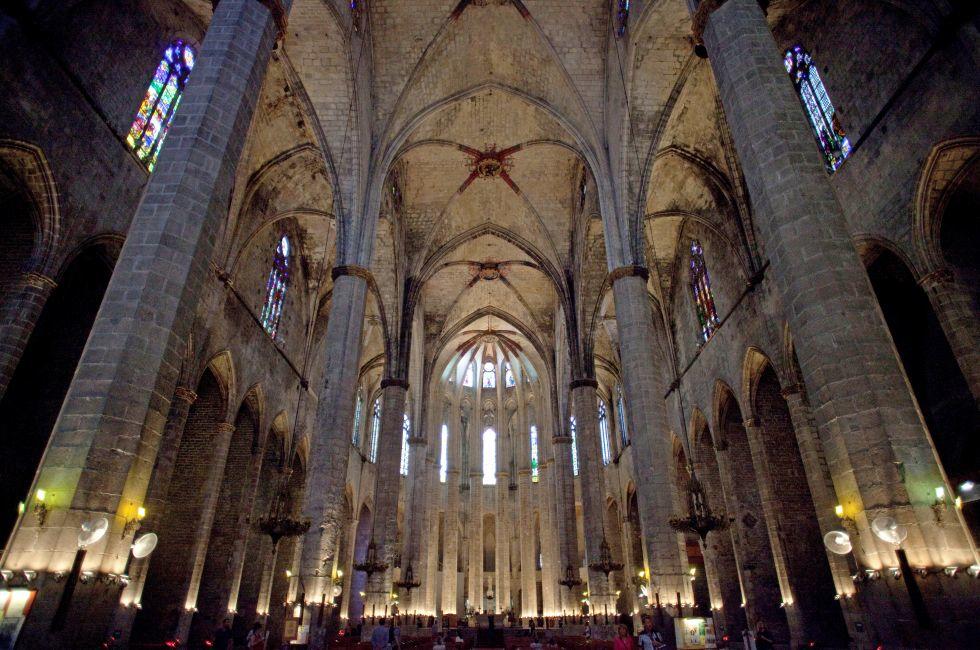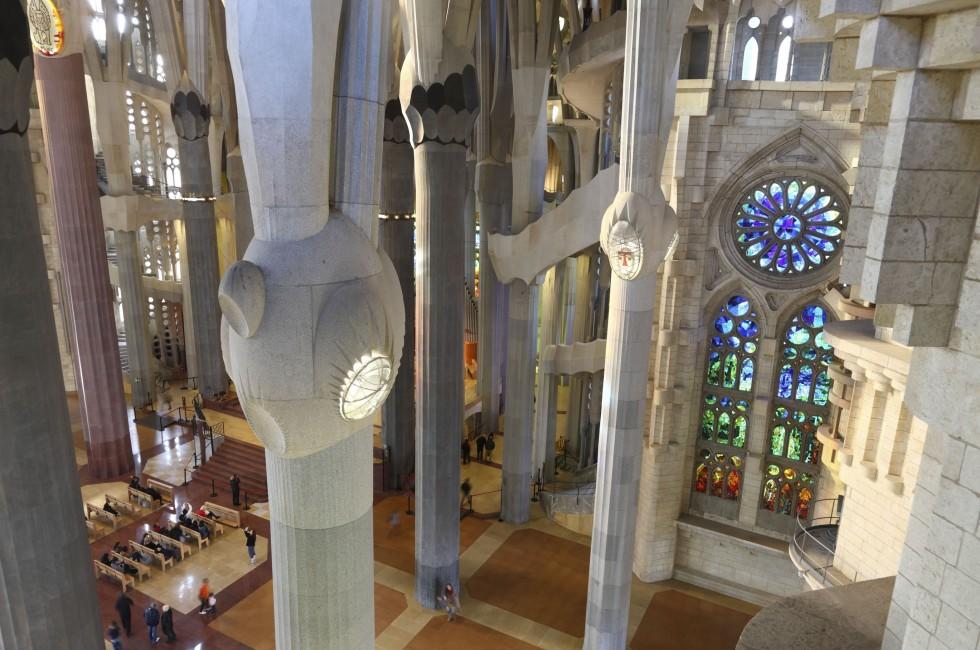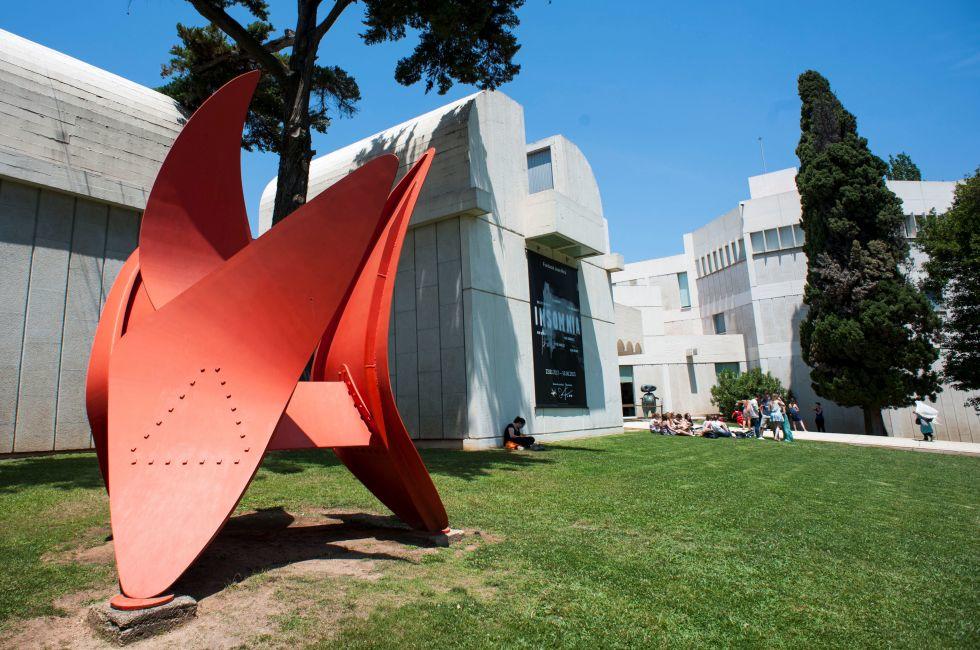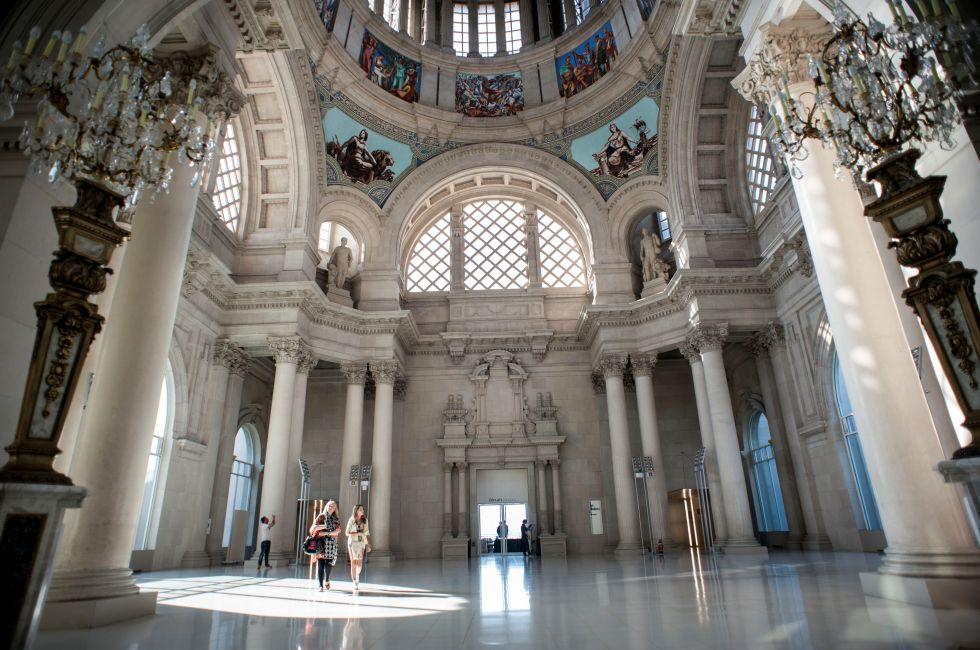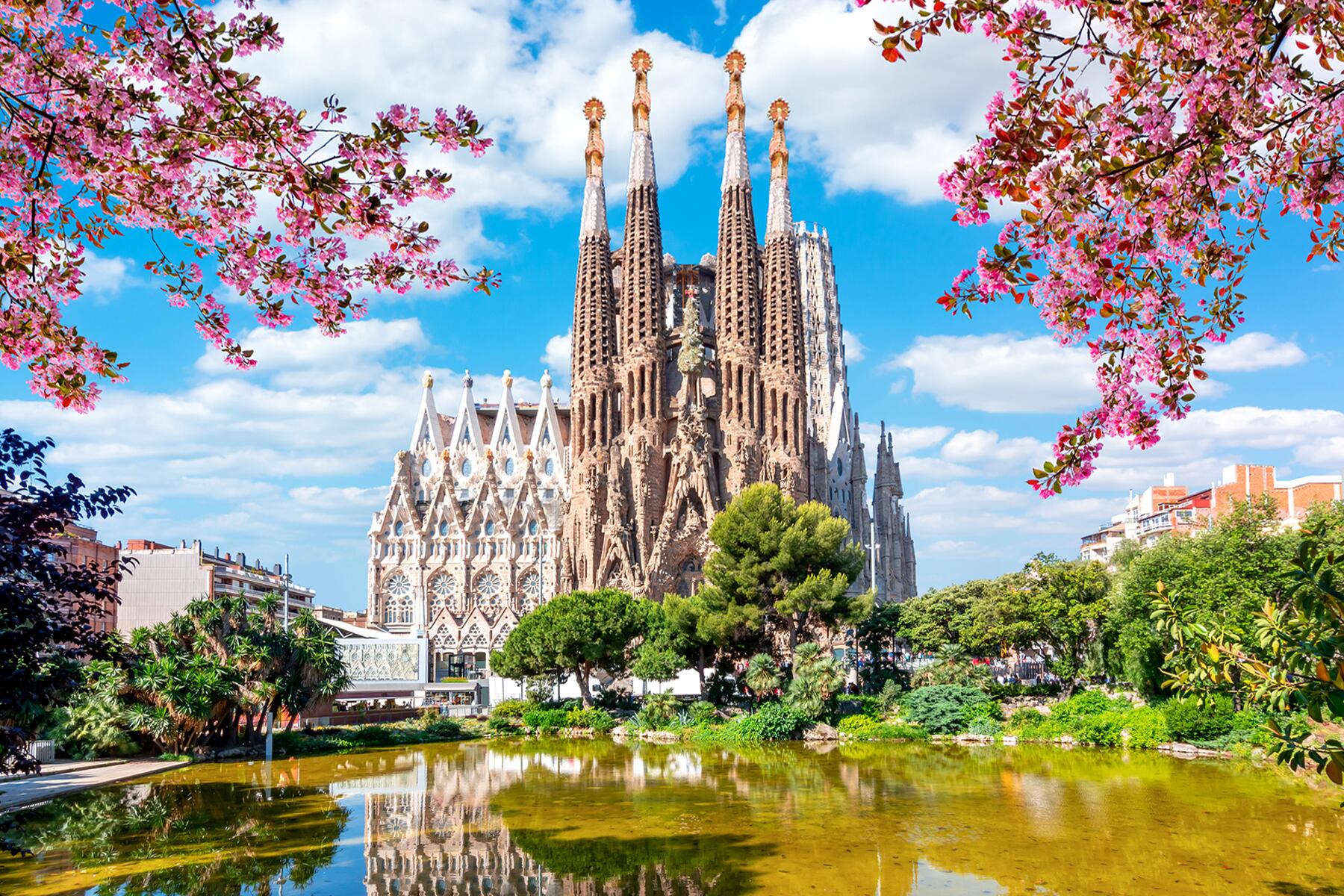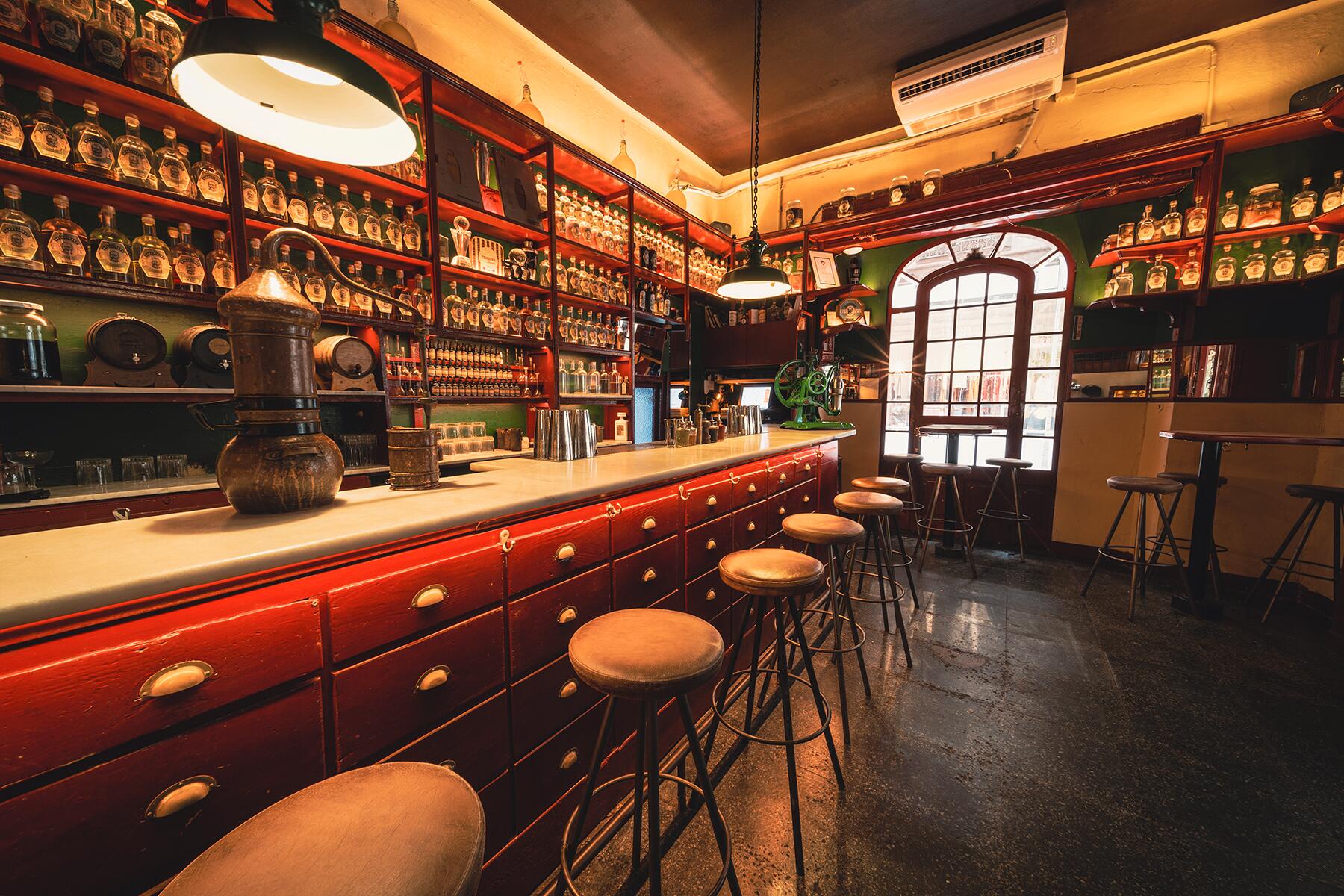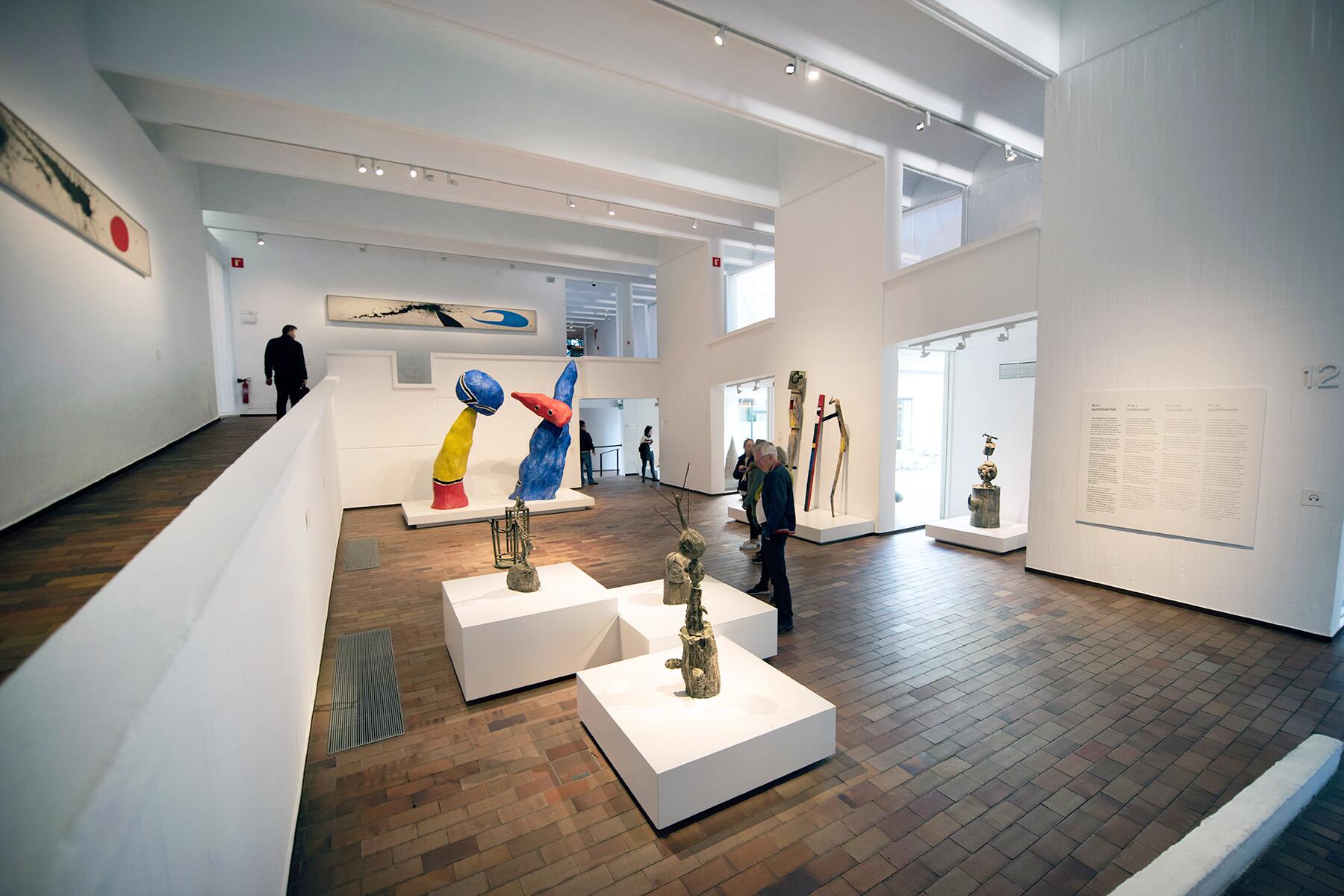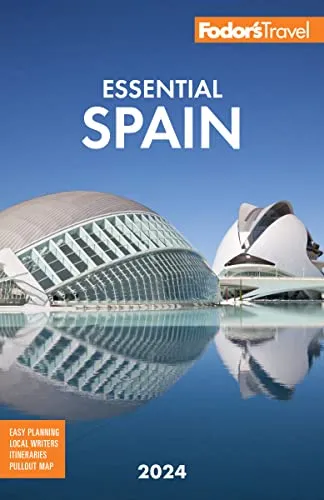Barcelona
Barcelona
The Fodor's Five
The five things you need to know before traveling to Barcelona
Get on the Barcelona schedule right away.
Food is a huge part of the authentic Barcelona experience, but beware: Spaniards eat late! On the weekends, you might not eat dinner until 11 p.m., so make sure to have some 5 p.m. tapas as a quick merienda to keep you going. Blend in with the locals by getting their fresh produce at the Mercat De La Boqueria, then eat your way through as many bodegas as you can for snack-sized tortillas, chorizo, pimientos, croquetas, and gambas for an ensured good time out on the town.
Hitting the beach? Don't just go to Barceloneta beach.
Barcelona has a well-developed (and almost entirely accessible!) metro, bus, train, and tram system, so if you’re planning a beach day, there’s no need to stick to the more central Barceloneta beach. You’re just a quick ride away from the huge Playa de Bogatell, secluded beaches like Vilassar de Mar, Ocata, and Platja de Cabrera, the bustling Nova Icaria, or the nearby Sitges for some LGBTQ+ friendly fun.
Check out Gaudì’s work for free.
For a truly unique way to see the city, build a walking itinerary following in the footsteps of Antoni Gaudí. The father of Catalan Modernism left his mark in every corner of Barcelona: from Palau Güel to Park Güell, Casa Vicens and Casa Batlló, and the famous Sagrada Familia, you’ll be spoiled for choice when it comes to picking a favorite. Pro tip: see if you can spot his lesser-known work in Plaça Real and Pla del Palau.
Don't expect to do anything on Sundays.
The majority of shops, including high street stores and shopping centers, are closed on Sundays from September to May––yes, even on the streets of Las Ramblas! You might be able to find the odd open bodega or souvenir shop, but you’re better off planning to relax at the beach, visit a museum (keep in mind that some are only open in the morning on Sundays), and enjoy one slow and delicious meal after the other.
Win the locals over with some Catalan.
The autonomous Catalonia region is not your usual Spain: although people speak both Spanish and Catalan, the independent movement is strong, and locals are proud of their cultural heritage. Even if you only learn a word or two (good morning: bon dia; please: si us plau; goodbye: adéu; how much is this: quant costa), their appreciation will go a long way.
Recommended Fodor’s Video
Neighborhoods
Hotels
Things to Do
Things to Do
Explore Things to Do
Find the perfect tours and activities in Barcelona.
Where to Eat
Where to Eat
Need to Know
Need to Know
Language
SpanishNearby Airports
BCNElectrical Outlets
220v/50 cycles; electrical plugs have two round prongsCurrency
EuroLanguage
SpanishElectrical Outlets
220v/50 cycles; electrical plugs have two round prongsCurrency
EuroNearby Airports
BCNNeighborhood Guides
Discover the best neighborhoods in Barcelona with curated recommendations from our editors.
essentials
- Addresses
- Barcelona Shopping Neighborhoods
- Best Purchases to Find in Spain
- Dining Planner
- Hours
- Lodging Planner
- Nightlife and Performing Arts Planner
- Taxes and Guides
- Tours
transportation
- Air Travel
- Boat Travel
- Bus Travel
- Cable Car and Funicular Travel
- Car Travel
- Metro Travel
- Taxi Travel
- Train Travel
resources
Local Weather
Neighborhood Guides
Discover the best neighborhoods in Barcelona with curated recommendations from our editors.
Local Weather
Neighborhood Guides
Discover the best neighborhoods in Barcelona with curated recommendations from our editors.
essentials
- Addresses
- Barcelona Shopping Neighborhoods
- Best Purchases to Find in Spain
- Dining Planner
- Hours
- Lodging Planner
- Nightlife and Performing Arts Planner
- Taxes and Guides
- Tours
transportation
- Air Travel
- Boat Travel
- Bus Travel
- Cable Car and Funicular Travel
- Car Travel
- Metro Travel
- Taxi Travel
- Train Travel
resources
Articles
Articles See All
Guidebooks
Guidebooks
Our worldwide travel correspondents bring you the best and most up-to-date coverage of over 7,500 global destinations.
Shop NowFodor's Barcelona: with Highlights of Catalonia
Whether you want to tour Parc Cüell, explore the Barri Gòtic, or marvel at the Sagrada...
Fodor's Essential Spain 2024
For over 80 years, Fodor's Travel has been a trusted resource offering expert travel...

